Popular science about steel products
Steel comes in different types, different kinds, different shapes, different sizes. All steel is made up of iron and carbon. The amount of carbon and other alloys determines the properties of each steel. So how to classify them according to species?
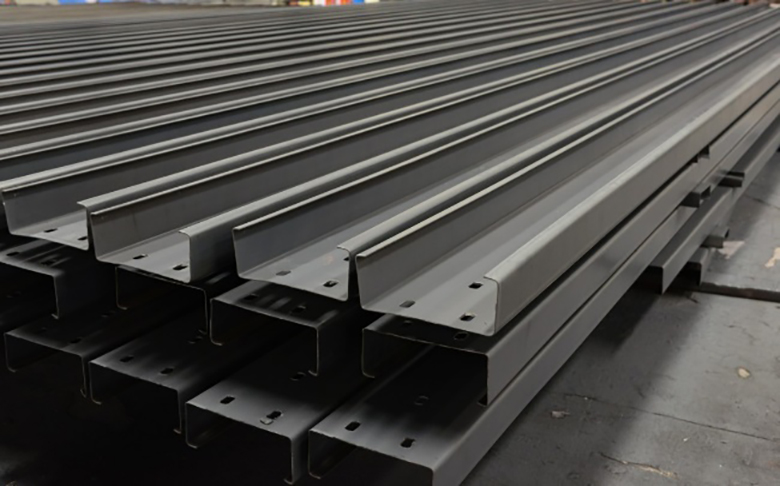
1.Long products
It refers to steel with more complex cross-sectional shapes such as letters H, U, L, Z, etc. According to the cross-section height, it is divided into large section steel and small and medium section steel. Profiles are widely used in various sectors of the national economy. For example, I-beams are mainly used in building components, bridge manufacturing, and shipbuilding. Channel steel is mainly used in building structures and vehicle manufacturing. Among them, large section steel refers to section steel with a height of not less than 80 mm, and small and medium-sized steel refers to section steel with a height of less than 80 mm.
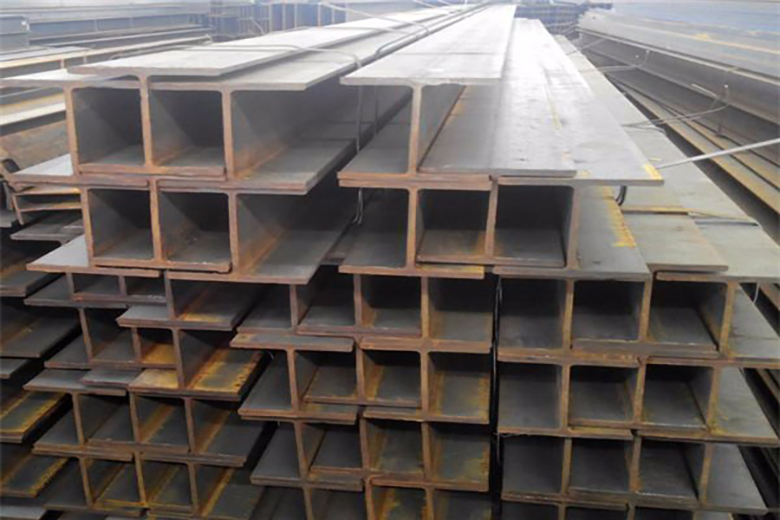
2. Wire
Wire rod refers to steel that is hot-rolled by a wire rod rolling mill and rolled into a coil for delivery. It is also called wire rod. Wires with a carbon content of more than 0.6% are commonly known as hard wires, and wires with a carbon content of less than 0.6% are commonly known as soft wires. Wire rod is mainly used in construction and drawn steel wire and its products. Hot rolled wire rods are mostly used in the construction industry when used directly.
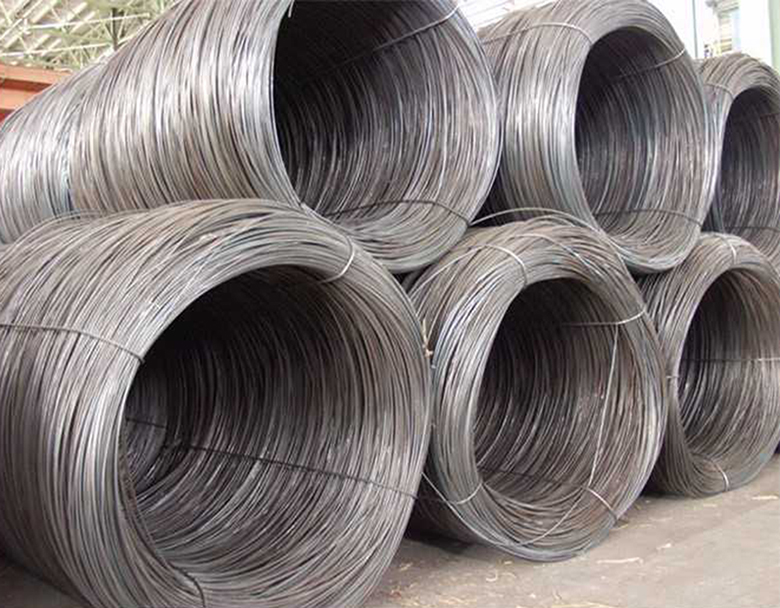
3.Plate
There are different classifications according to thickness. Extra-thick plates refer to steel plates with a thickness of not less than 50 mm. They are generally produced by reversible hot-rolled extra-thick plate mills. Thick steel plates refer to steel plates with a thickness of not less than 20 mm and less than 50 mm. Generally, reversible hot-rolled medium-thick plates are used. For rolling mill production, medium plate refers to a steel plate with a thickness of not less than 3 mm and less than 20 mm. Thin plate refers to a single steel plate with a thickness less than 3 mm.
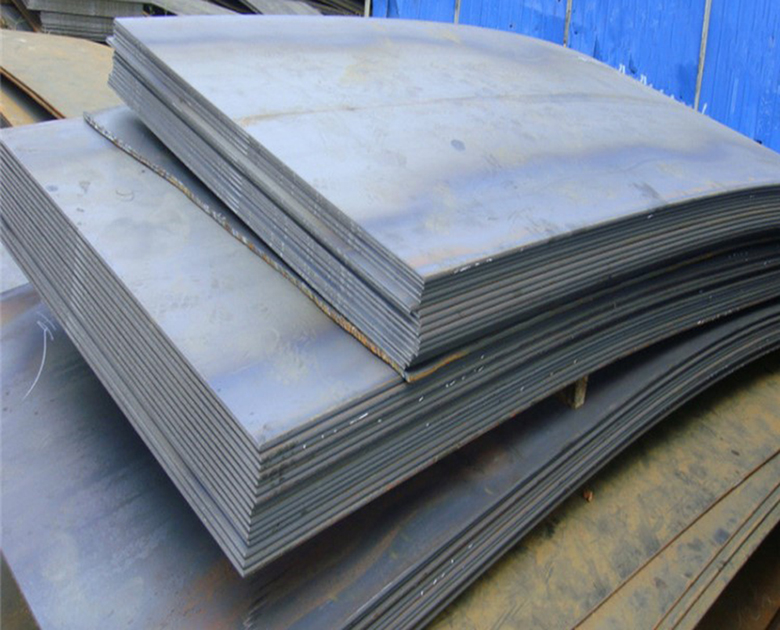
4. Pipes
Steel pipes refer to steel materials that are open at both ends and have a hollow section, with a large length relative to the surrounding area. According to the processing technology, it can be divided into seamless steel pipe and welded steel pipe.

The production methods mainly include hot rolling, cold rolling, extrusion and cold drawing, forging, welding, etc. Its specifications are expressed in overall dimensions and wall thickness. Its size range is very wide and it has a wide range of uses.
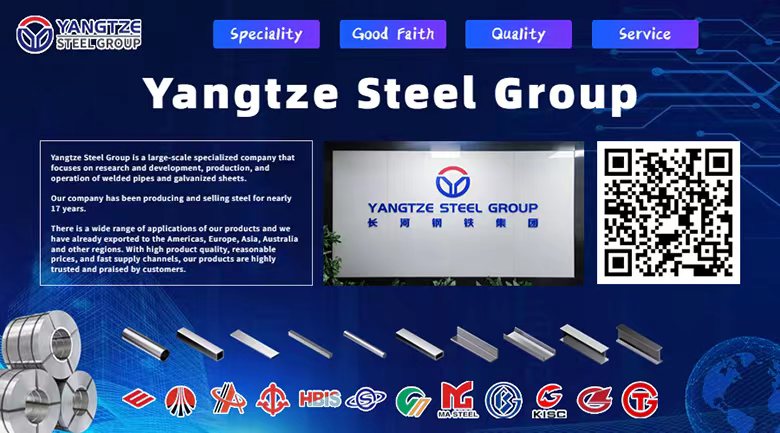
Editor: Lucas
Mail: lucas@yangtzesteel.com








